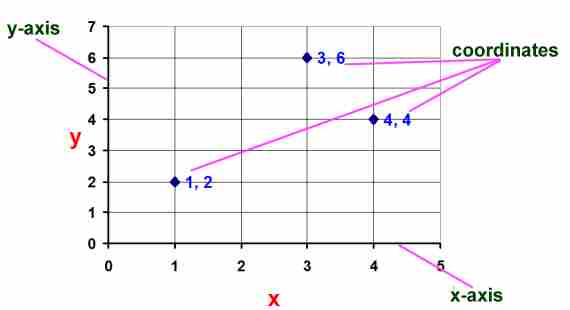

Mind you, the data columns are farther apart, so I created first a scatter plot for (x,y), then I added a series for (x,z) on the same graph. If you don't like the X axis labels being too closely associated with one or other of the data series, try adding more intermediate rows to re-position the labels. When I tried on my excel file using the same column for x, the values for x were shifted for the second column z. A workaround: So, using an 'insert new chart' function at least limits the rescaling of the frame (if not the graph). This is not possible with excel, as a simple rescaling changes the axis lengths. It will also automatically use SI prefixes to keep the values readable. For some data, it is crucial to display the x-and y-axis on the same scale, with one unit scale having the exact same length in both directions. Check the Insert Variable in Header checkbox, and specify the DeviceId variable (or your user-defined variable, if you used one in step 1). Choose Append if File Exists, but do not check Y Data Only. plot multiple columns using this technique, Origin automatically groups the data.

Why is this useful Well, if you plot such a wave, the x axis will automatically know the units, and will label them appropriately. Use a Data Specification other than Same as Graph, to ensure that the same X-axis values are exported for each data set. In this example, the data has the following associations: X, Y, Err, Y.

The command SetScale/P x 0,0.001,'s',w sets the appropriate time scale for the wave. So if you are starting with data like this. Suppose we have a wave w holding such data. The only way I can think of fixing this is to reformat your source data a little.


 0 kommentar(er)
0 kommentar(er)
